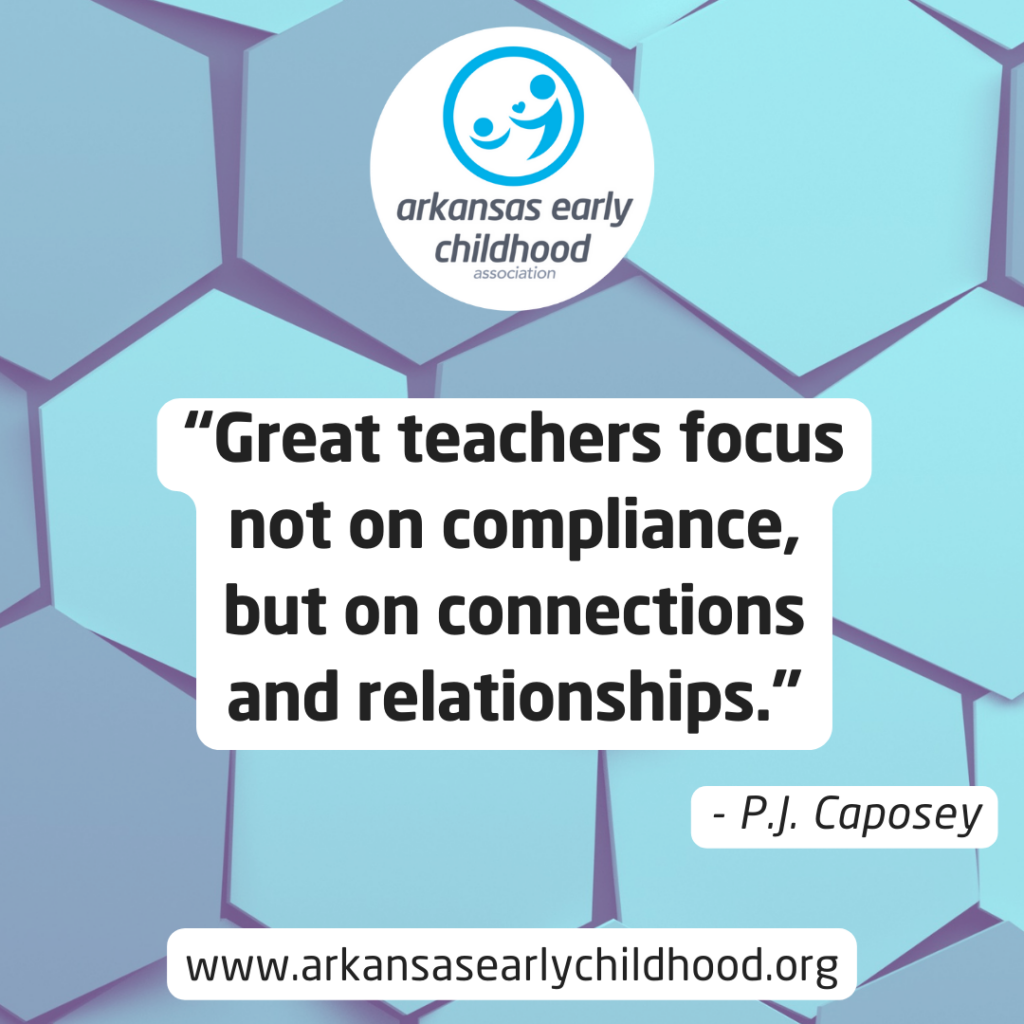
Hey y’all! Happy August! For some, the summer months are a time to relax, recoup, and regenerate. However, for many, this time means organizing and providing days full of fun learning experiences that support children’s development and successful preparation for the next school year. My hat goes off to all our early childhood professionals who continue the important work of providing high-quality environments and experiences all throughout the year! As the summer days begin to wane, the anticipation of a new school year starts to build. This can be an exciting, but stressful time.
Here are some strategies to help ensure a smooth and successful transition into the new school year for you, your students and their caregivers.
Create a Welcoming Environment
A welcoming classroom environment is essential. Children are particularly sensitive to their surroundings, and a well-prepared classroom can help ease their transition from home to school. Focus on arranging the classroom in a way that promotes easy movement and access to materials, and clearly defining different learning areas. Include personal touches such as elements that reflect the students’ interests and backgrounds like displaying family photos and meaningful multicultural representations. Ensure that the classroom is inviting with comfortable furniture, adequate lighting, and calming colors.
Focus on Building Relationships
Strong relationships are the cornerstone of a positive early childhood education experience. Building these relationships from the outset helps children feel secure and valued. Consider organizing a pre-school year meet-and-greet where children and caregivers can visit the classroom, meet the teacher, and interact with peers. Establish open lines of communication with caregivers. Regular updates, newsletters, and caregiver-teacher conferences help keep caregivers informed and involved. Focus on positive interactions with each child. Greeting them by name, showing interest in their lives, and providing individual attention fosters a sense of belonging.
Establish Routines
Routines provide a sense of security and predictability for young children. Establishing and practicing routines early can make the start of the school year smoother. Create a consistent daily schedule that includes a balance of activities. Use visual aids, such as charts and pictures, to help children understand and follow the daily routine. Spend the first few weeks of school practicing routines and reinforcing them through positive reinforcement and gentle reminders.
Curriculum Planning
A well-planned curriculum tailored to the developmental needs of each child is essential for a successful school year. Ensure that activities and lessons are age-appropriate, engaging, and cater to the diverse needs of the students. Incorporate themes and projects that integrate various areas of learning, such as literacy, math, science, and social skills. Be prepared to adapt the curriculum based on the children’s interests and emerging needs. Flexibility allows for more meaningful and relevant learning experiences.
Social-Emotional Learning (SEL)
Early childhood education is not just about academic readiness; it is also about social-emotional development. Implement social-emotional learning programs that teach children skills like empathy, self-regulation, and cooperation. Equip children with strategies for conflict resolution and problem-solving. Help children recognize and express their emotions through activities like storytelling, role-playing, and discussions.
Health and Safety
Ensuring the health and safety of young learners is paramount. Maintain a clean and hygienic classroom environment. Teach and reinforce good hygiene practices like handwashing. Have clear safety protocols in place for emergencies. Conduct regular drills and ensure all staff are trained in first aid and emergency procedures. Promote healthy habits, including nutrition and physical activity, as part of the daily routine.
Preparing for the new school year involves thoughtful planning and a focus on creating a nurturing, stimulating, and safe environment. This preparation not only helps children transition smoothly into the new school year but also lays a strong foundation for their future learning and development.

I would love to hear about how you are preparing for the upcoming school year! Email me at president@arkansasearlychildhood.org and let’s connect!

Natasha Kile
President of AECA

Recent Comments